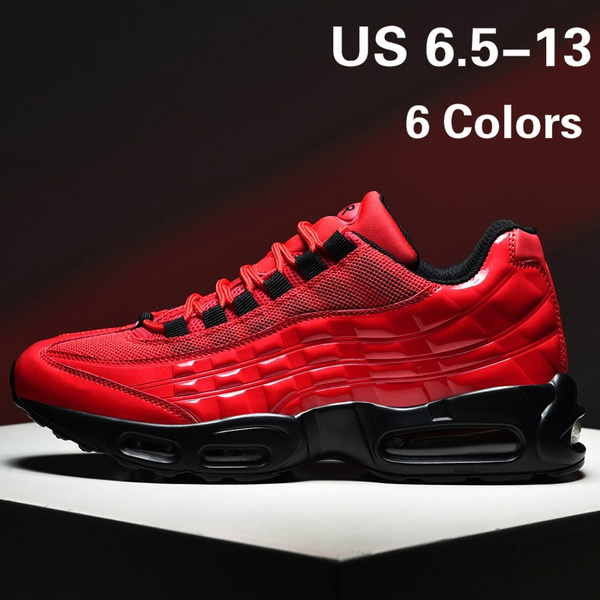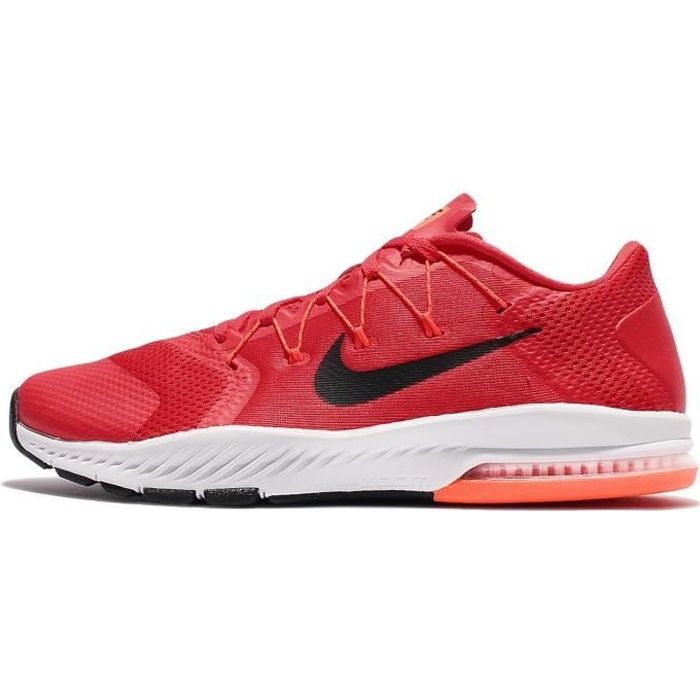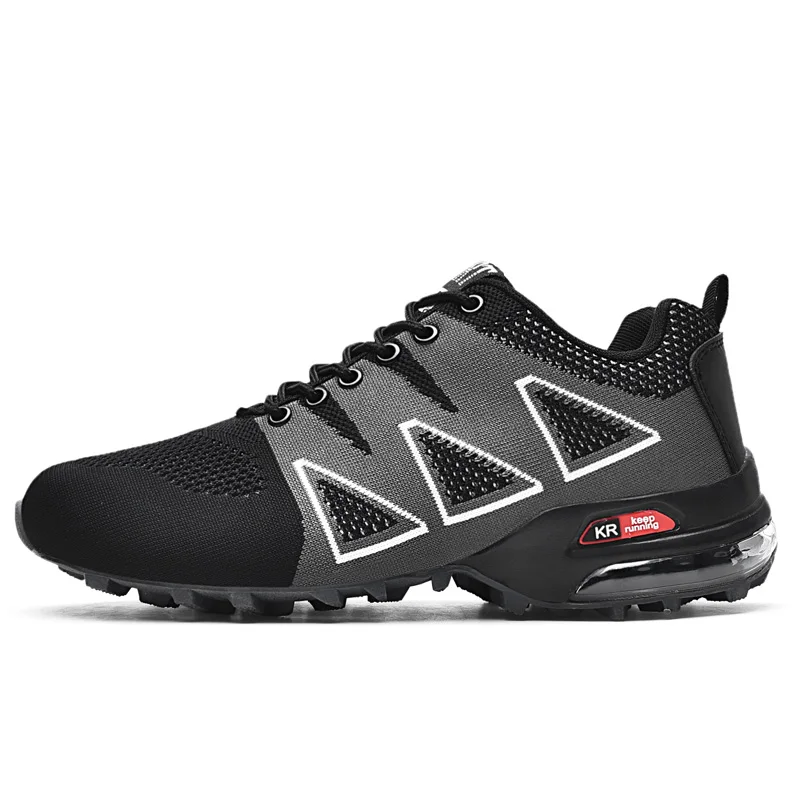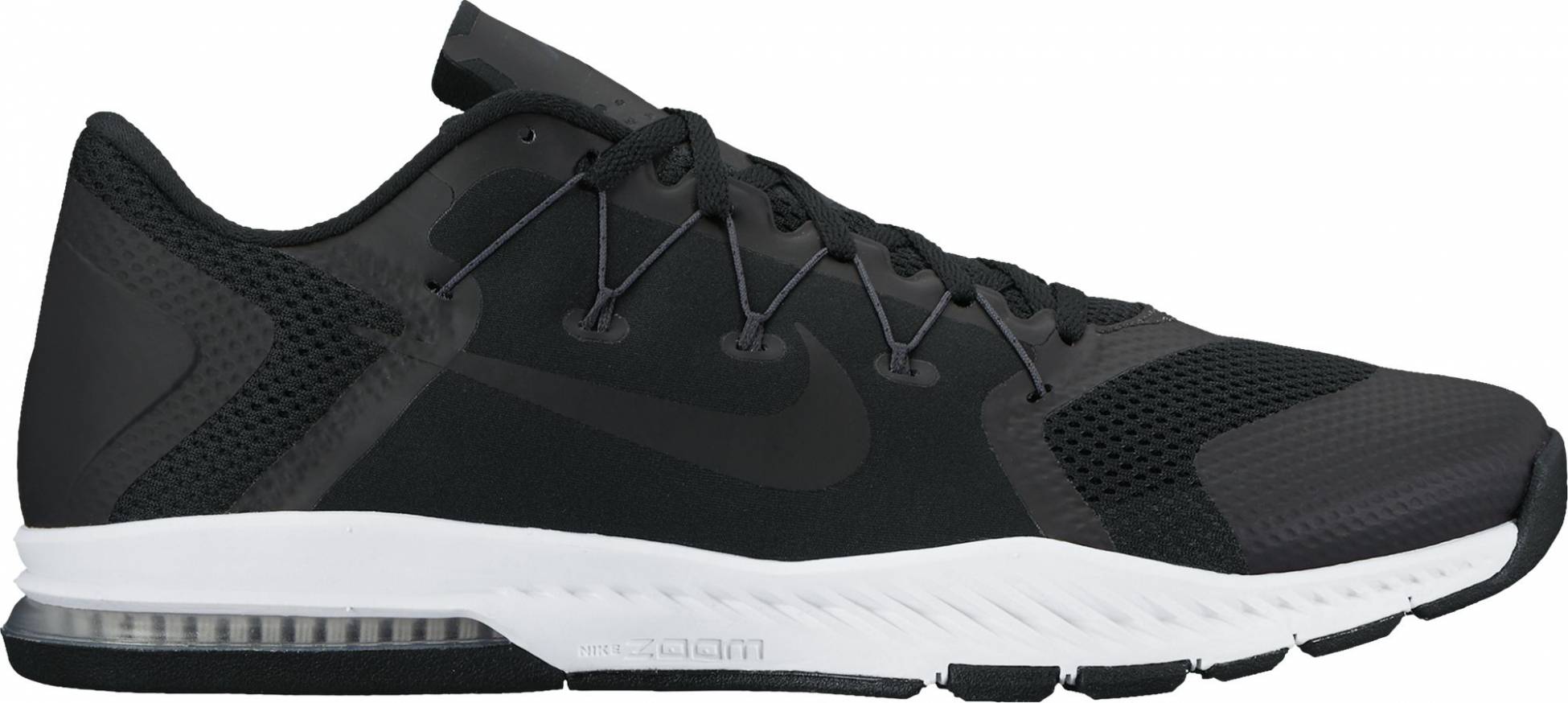
Men Running Shoes Air Cushion Breathable Sports Shoes Sneakers Full Palm Air Cushion Sneakers Size 39-45 | Wish

men lightweight running shoes outdoor trail sports shoes for men full palm air cushion sneakers casual athletic shoes 39-47 | Wish

mens casual shoes Mens Shoes For Men Sports Sneakers Leisure Shock Absorption Marathon Running Full Palm Air Cushion Tenis 39 46|Men's Casual Shoes| - AliExpress

Men's Nike Renew Retaliation 3 Training Shoes in Grey/Grey/White Size 9.5 Medium in 2022 | Cross training shoes mens, Nike men, Training shoes

NIKE Air Zoom train Hommes Complete Running Formateurs 882119 Chaussures Baskets homme FUNH2 Taille-39 Noir - Cdiscount Chaussures



















